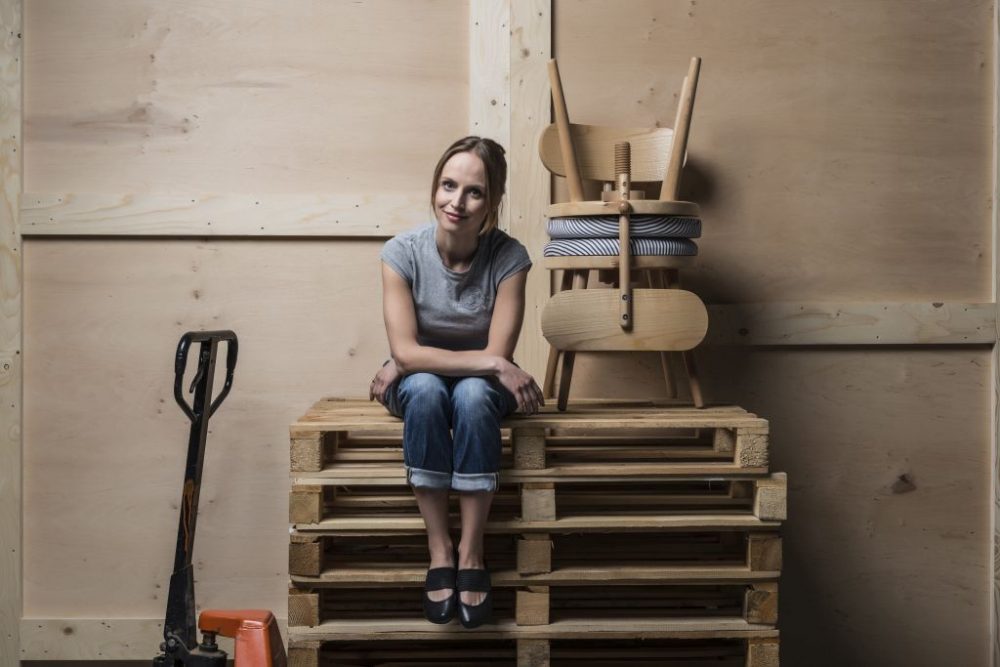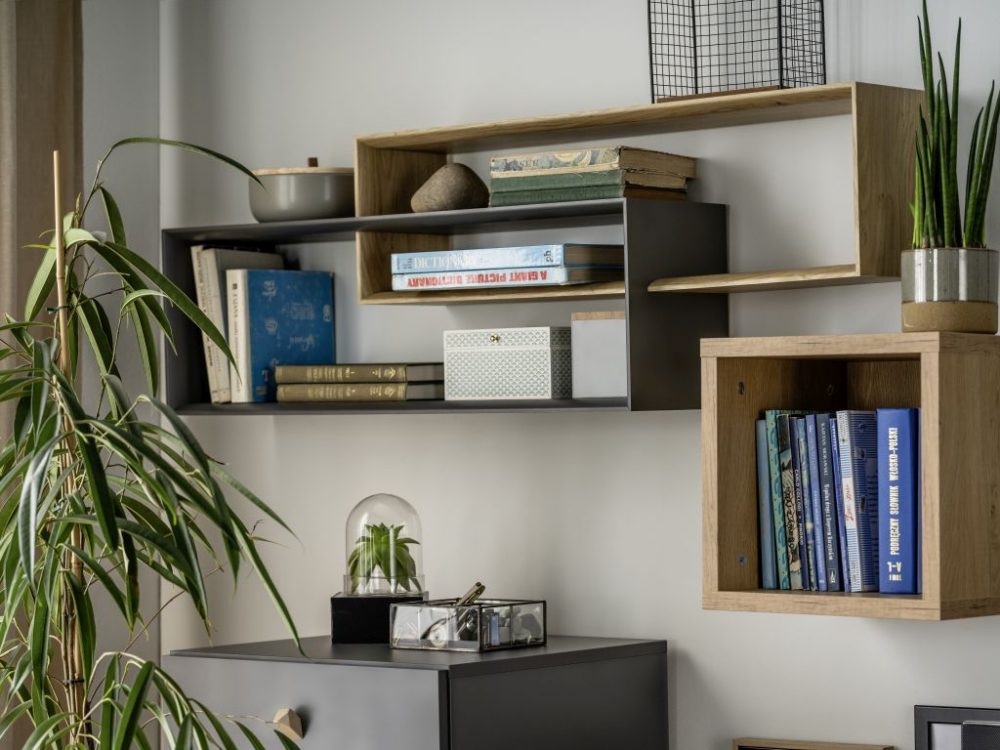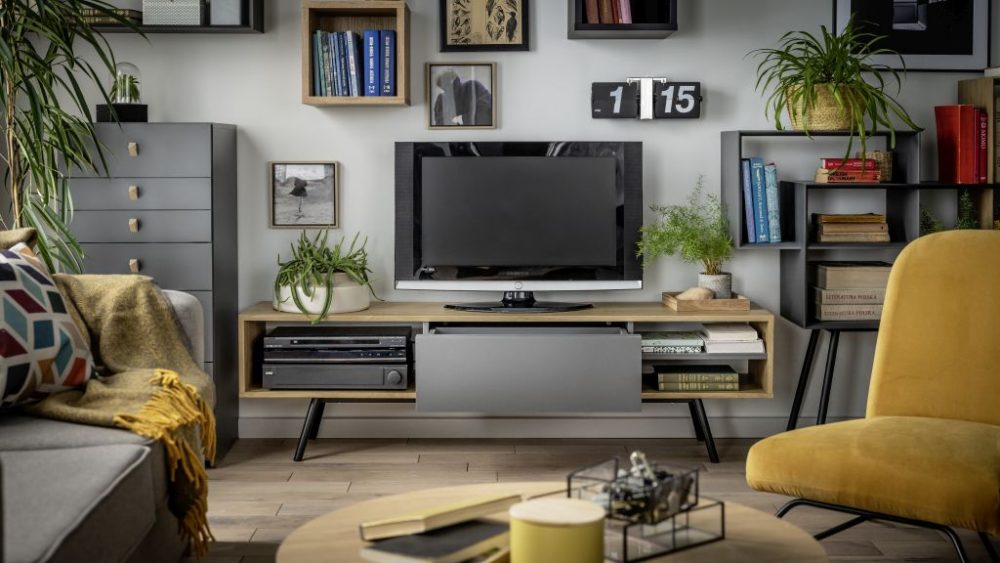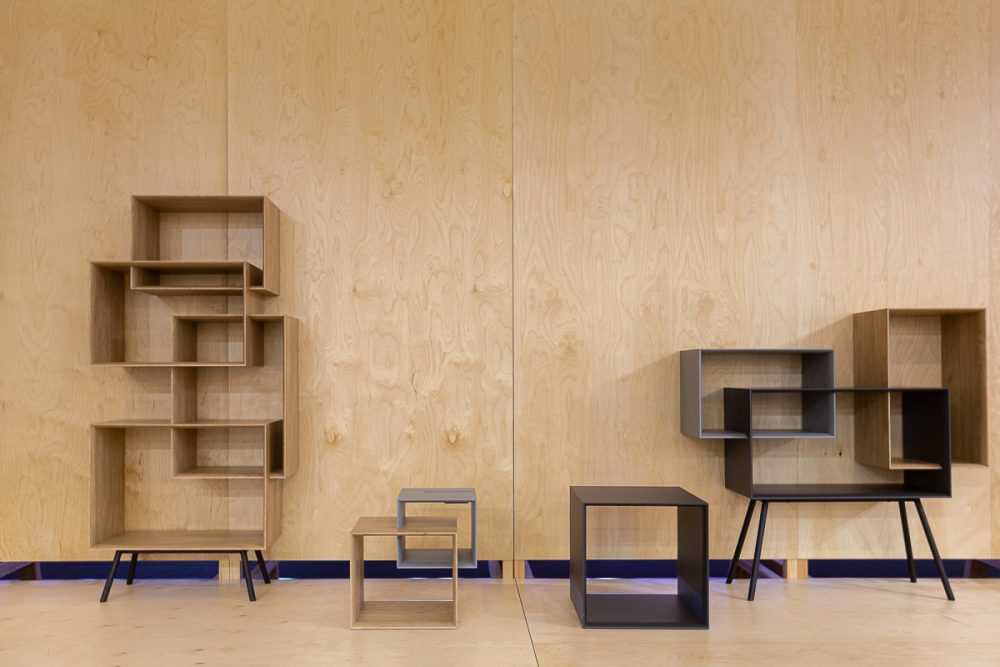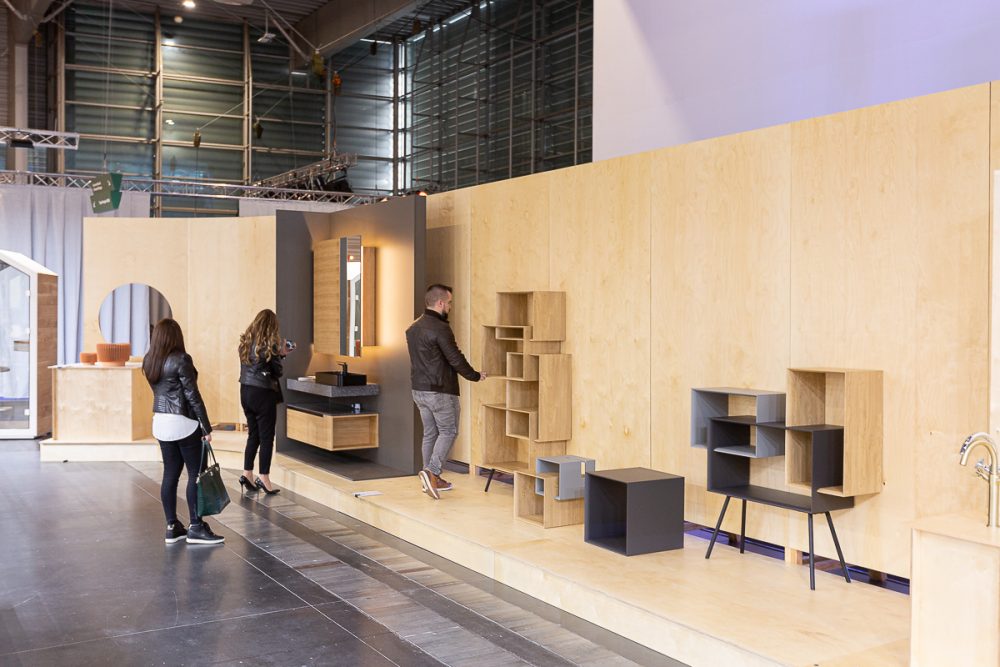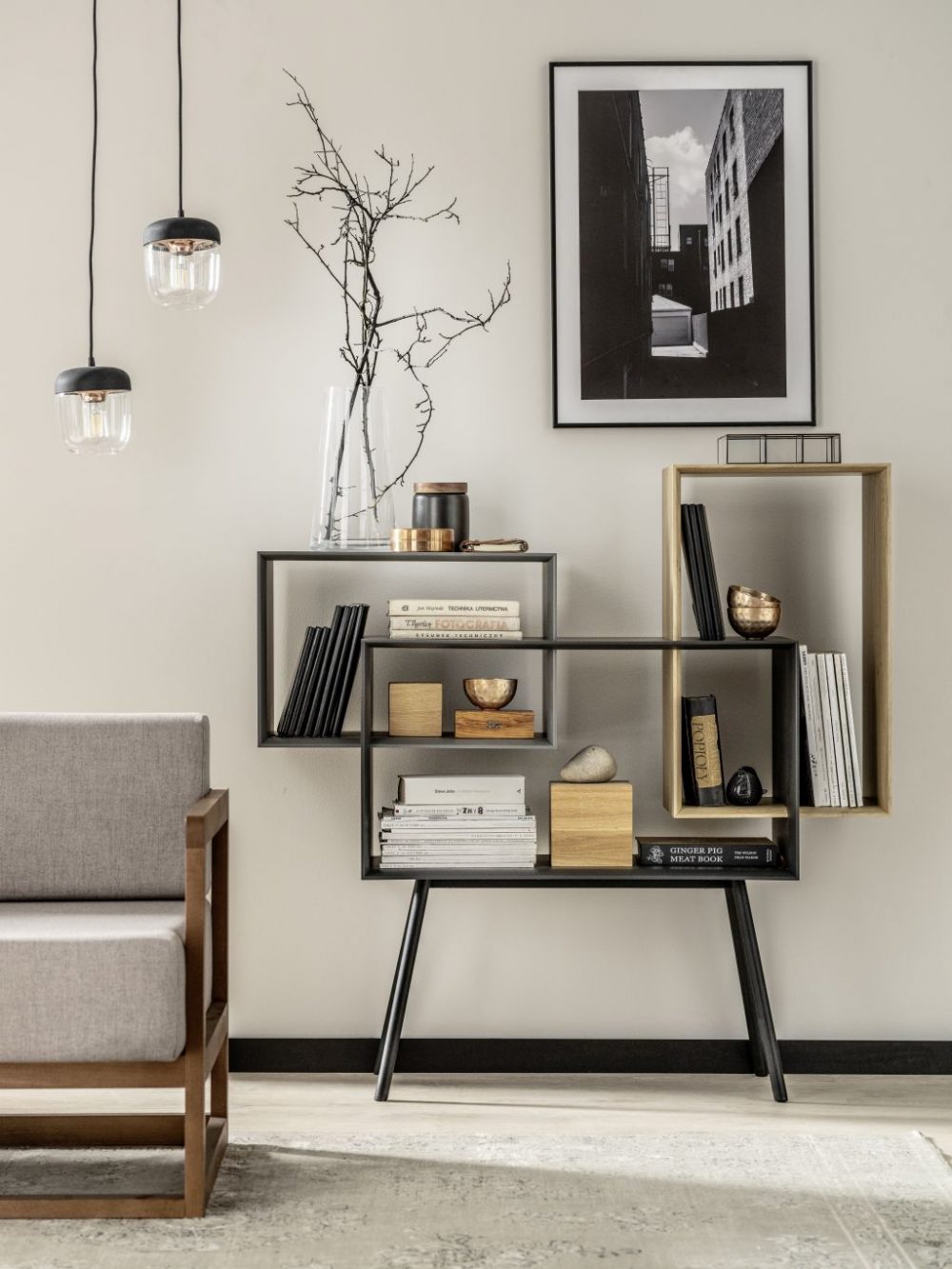This website uses cookies so that we can provide you with the best user experience possible. Cookie information is stored in your browser and performs functions such as recognising you when you return to our website and helping our team to understand which sections of the website you find most interesting and useful.
On Your website, we see a lot of very different items, which certainly have one thing in common – interesting design. How important is the appearance of the designed products?
I try to make the items I design nice, of course, but the way they look and their unique form must result from their functionality. So that these items did more than just please the eye, although this is also a function: improving mood. However, other aspects are equally important to me and I try to combine them together, both in terms of functionality and the appearance of objects. To do this, I need to get to know a given industry well and actually working in many industries means constant learning, exploring new topics, expanding my knowledge, horizons, meeting new people. It is always an adventure.
You designed the RIBBON collection for the VOX company last year. Did you receive specific guidelines for this product or did you have freedom in terms of design?
Cooperation with VOX – just like any of my design work – was a process. It began with getting to know the context, i.e. the conditions in which a given object is to exist, but also what is happening now in society and in the world. Now we have a special time and because of the pandemic everything turned upside down, many things have been reevaluated. This generates different behaviors of recipients, i.e. potential customers, and requires a slightly different profiling of needs. Exploring these topics – depending on the project, budget and time – looks different every time, but luckily with the RIBBON project it was possible to get to know the potential user very thoroughly. Not only the functioning of the product on the market, but also getting to know these new preferences, i.e. the fact that people in our country make their purchasing choices more and more consciously. The power of the Internet, permanent education, access to various media make users pay more attention to these unique qualities, whether in terms of functionality, durability or appearance, or everything together.
There are also needs that result from new behaviors. For example, the fact that we now have increasing online sales. This was one of the guidelines for the implementation of the RIBBON project. Just like modern nomadism, i.e. the relocation of young people. During the pandemic, this changed a bit – the project was created before that, but the subject is still valid. An important assumption of the RIBBON collection was also the desire to break the shape of the furniture to which we are used to. The desire to create something that will be unique, but will also be a kind of accent in the room, a certain “sculpture”, a visual accent.
VOX, photo: Greg Nelec Studio:
How did working with Melaco help meet all of these goals?
The technology that Melaco has at its disposal made it possible to meet all these guidelines in a completely innovative way. This technology has been used before, but not in the context of the entire body of the furniture. We have created a bookshelf made of modules with openwork design. So we have a very light structure that does not require a wall at the back as a binding element for each module – this is something completely new, because usually this wall at the back is a must. So we have the option of obtaining a given body that is completely openwork, very light, and this is only possible thanks to the technology we used. In addition, this openwork design makes each of the modules a bit smaller than the previous one, which makes it possible to insert one element into the other, like matryoshka dolls. The entire bookshelf is therefore located in one module. This reduces the size of the package for shipping, minimizing overall dimensions and shipping costs at the same time.
So light structure, no unnecessary walls and the possibility of unusual arrangement. What else distinguishes the RIBBON collection from other furniture?
Coming back to these conscious purchases, the detail becomes very important for the potential recipient. They pay attention to how the product is made. In the case of the RIBBON collection, we’ve rounded walls and smooth edges. Again, technology made it possible to make the modules light. We provided the thickness necessary to build such an object, but at the same time we were able to make it look much lighter, it was a nice final touch.
What did the implementation of this collection look like?
The VOX company hasn’t used this type of technology so far and it wasn’t easy, because it was a kind of revolution, a different approach to furniture. I’m glad that the product was implemented, although this stage of implementation was difficult. We all got to know and learned how to apply this technology in a different way. The whole collection is based on this technology after all. Some things were an experiment, they had to be tested, optimized, improved. This stage of implementation was certainly part of the great unknown. And here a big tribute to the VOX company that took the risk and made it possible to conduct tests and create prototypes.
These prototypes were tested at the stand at the Design Arena trade fairs in Poznań, where we created something like a laboratory with potential users, i.e. people visiting the stand. We collected their feedback on prototypes. The suggestions, advice and comments we received were extremely valuable, but also extremely positive. They already testified to the success of the idea. There were also some important, constructive remarks that allowed the product to be further improved. It’s safe to say that users co-created this product, they had a share in its creation.
Cooperation between a designer, investor and contractor is always a challenge. How do you find working alongside Melaco and what is important in the cooperation between a designer and a contractor?
The most important aspect of cooperation with a contractor is mutual trust. I have an idea and I try to learn as much as possible about the technology and possibilities it offers, but at the same time, I have to trust the contractor, because the contractor has the knowledge and the skills. It’s the contractor who takes the object from my head and makes it real. However, trust has to be mutual. I’m glad that Melaco has trusted me as a designer. At the beginning, these were some crazy ideas, because we are talking about something completely new. At the first stage they were just some drawings, visualizations, 3D digital solids, ideas. And yet Melaco’s full commitment to supporting the construction of these modules, the expertise and experience of its employees were absolutely invaluable.
It is also important to pursue a goal together, which prevents us from hearing that something cannot be done. Together we make an effort and together we try to solve all problems and difficulties. Without these painstaking attempts by all three parties, this project would not be possible. Only thanks to this approach is there a chance for an innovative product to be created.
You certainly know not only the design, but you also quickly catch all the technical issues. Is it a question of experience or maybe education?
I was lucky to meet very smart people on my professional path. As a young woman, I jumped into very deep water. While still studying Design and completing my diploma in the studio of professor Krzysztof Kwiatkowski, I took my first steps on my professional path in the lighting company Topmet. At that time, I shared my desk with an experienced constructor, it was Mr. Zygmunt Swoboda, who played an important role in the history of the industrial plants in Poznań. He had enormous knowledge, but most of all the technical knowledge that he passed on to me. So I, as a rookie who had just finished art school, had to deal with both the material and the product right away. I had to face the reality from the very beginning. So I was lucky and also a bit forced (laughs) to combine specific technical knowledge with creativity, with my imagination. Today I know that such a combination of competences is extremely useful in the design industry.
Thank you for the interview.
Contact
Do you have questions? Contact us.
We will be pleased to answer all questions about MELACO’s offer, terms of cooperation and orders. Write or call us.
Contact
Melaco sp. z o.o.
ul. Ciepielowska 9
67-100 Nowa Sól
Poland
SALES DEPARTMENT
Agata Sroczyńska
Sales Coordinator
SALES DEPARTMENT
Beata Prałat
Sales Specialist
